Frederica Freyberg:
It’s not just in person that these candidates spar. The negative campaign ads are flying fast and furious in this high stakes, high cost race. The airwaves are flooded with ads from liberal candidate Janet Protasiewicz, who’s outspending conservative candidate Daniel Kelly, but one ad from Kelly hearkens back to a presidential election 35 years ago in an advertisement well known for its appeal to racist fears over crime.
Announcer:
Bush and Dukakis on crime. Bush supports the death penalty for first-degree murderers. Dukakis not only opposes the death penalty, he allowed first-degree murderers to have weekend passes from prison. One was Willie Horton, who murdered a boy in a robbery stabbing him 19 times.
Frederica Freyberg:
It was the Willie Horton ad from the George Bush campaign in 1988 that sunk candidate Michael Dukakis over a prison furlough program. Now look at this ad from Daniel Kelly.
Announcer:
Daniel Kelly and Janet Protasiewicz on crime. Justice Kelly supports enforcing the rule of law and keeping our communities safe. As a Milwaukee judge, Janet Protasiewicz has a long history of letting dangerous criminals off easy.
Frederica Freyberg:
The 1988 Willie Horton ad mirrors the Kelly ad in production style but Kelly’s ad does not include the mugshot of the Black defendant. Here to talk about this, UW-La Crosse political science professor, Anthony Chergosky. Thank you for being here.
Anthony Chergosky:
Thank you.
Frederica Freyberg:
So as a political scientist, what was your reaction when you saw the similarities between those two ads?
Anthony Chergosky:
I was very intrigued by it, Frederica, because the Willie Horton ad has been extensively studied by political scientists. There’s evidence that the Willie Horton ad activated racial attitudes. In other words, when the Willie Horton ad ran in the 1988 presidential campaign, it made people start to think about race and take race into consideration in a way that wasn’t true before the ad ran. And so for that reason, the Willie Horton ad is viewed as one of the most famous or infamous ads of all time in presidential election history.
Frederica Freyberg:
Were you surprised when you saw the production style similarities between the Willie Horton ad and the Daniel Kelly ad?
Anthony Chergosky:
It certainly fits in with Dan Kelly’s emphasis on crime. We know that the Willie Horton ad was all about crime and trying to create the sense that if Michael Dukakis was elected, then there would be rampant crime all over the country and it made people fearful of crime. And again, it activated those racial considerations and those racial attitudes just as it activated those feelings about crime. So, to me, the big difference is the lack of a mugshot. That is the big stylistic difference between the two ads. Also, it just fits in with this broader theme on crime. We know Dan Kelly wants to advance the narrative that Janet Protasiewicz is weak on crime and so he hearkens back to this classic ad that really made people think about crime in a very intense way.
Frederica Freyberg:
And yet there’s a whole generation at least of people who have really never heard of Willie Horton or that Willie Horton ad. So is this appeal to an older demographic?
Anthony Chergosky:
It could be Frederica. It could be an attempt to create some buzz. It could also just be an effort to maybe get people thinking about politics in a way that they thought about politics long ago in 1988. In the ’80s, things were much different in terms of people’s racial attitudes, how people thought about race and how people thought about crime. It was a different context. So this could be kind of an effort to recapture some of that context from the ’80s to remind people of what life was like in the 1980s and to make people scared of going back to that type of situation, and just to create buzz. We know that Dan Kelly has been outspent by Janet Protasiewicz. Dan Kelly has not run nearly as many commercials as Janet Protasiewicz has. One way to respond in that type of environment, one way to deal with that type of environment is to try to create some buzz, some word of mouth, and that might be what he’s trying to do in this situation.
Frederica Freyberg:
So we know that this particular Dan Kelly ad does not show the mugshot of the Black defendant, but there are third party groups, of course, that are airing ads on his behalf that do in fact. There’s one showing two shadowy mugshots of Black defendants. So has the Willie Horton race card playbook reemerged in high stakes races in Wisconsin?
Anthony Chergosky:
It’s interesting, Frederica. When we look back at some of the research on the Willie Horton ad, we know that it activated people’s racial attitudes in the context of the 1988 campaign, but when it was called out for being racist, when people started to ask questions about the Willie Horton campaign ad, then the effect of the Willie Horton ad actually diminished and people’s racial attitudes became somewhat less relevant in how they thought about the situation. So this could be what happens this time around. As people are maybe subconsciously thinking about race, it has some particular effect. As people think about race in a more concrete matter, it could have a different effect. We know that that is exactly what played out in 1988, where racial had this race — racial attitudes had these underlying element of people’s considerations and then when the ad was called out for being racist, then people started to reject the ad and started to think about the ad in a different way.
Frederica Freyberg:
In terms of this Dan Kelly ad that we’re talking about, we wanted to do just a little mini fact check. These are only 30-second ads but the ad says that this defendant faced 60 years in prison. In fact, the defendant faced five years in prison and five years on probation after the charges were amended down. Protasiewicz gave him one year in a medium security jail but the full 10 years if he was revoked and that apparently now a revocation is in process and this defendant is in jail, so there’s the full story that you can’t get into a commercial. Now, one Protasiewicz ad accuses Kelly of corruption for stepping aside from a case and then joining back in after getting campaign contributions from the family of a party in the case, but the Kelly campaign calls this assertion of corruption a lie, saying he only rejoined when he lost the 2020 election and then he didn’t go on to rule on the case. So these ads from the candidates leave out detail, of course, but what are voters to make of these attack ads on both sides?
Anthony Chergosky:
The big problem is that they do leave out that detail and Frederica, with record spending on this campaign, we have shattered the existing record for the most expensive judicial election ever in United States’ history. We know that the attack ads are going back and forth and we know that those ads leave out a lot of context. It’s up to the voters to make an informed decision, knowing that the 30-second ads are not the most reliable indicators of how a judge might operate when they are in office. You have to put these ads into context. You have to understand the facts about these ads because the spin doctors are out there trying to influence people with these 30-second commercials.
Frederica Freyberg:
Professor Anthony Chergosky, thanks very much.
Anthony Chergosky:
Thank you.
Search Episodes
News Stories from PBS Wisconsin

Donate to sign up. Activate and sign in to Passport. It's that easy to help PBS Wisconsin serve your community through media that educates, inspires, and entertains.
Make your membership gift today
Only for new users: Activate Passport using your code or email address
Already a member?
Look up my account
Need some help? Go to FAQ or visit PBS Passport Help
Need help accessing PBS Wisconsin anywhere?

Online Access | Platform & Device Access | Cable or Satellite Access | Over-The-Air Access
Visit Access Guide
Need help accessing PBS Wisconsin anywhere?

Visit Our
Live TV Access Guide
Online AccessPlatform & Device Access
Cable or Satellite Access
Over-The-Air Access
Visit Access Guide
 Passport
Passport


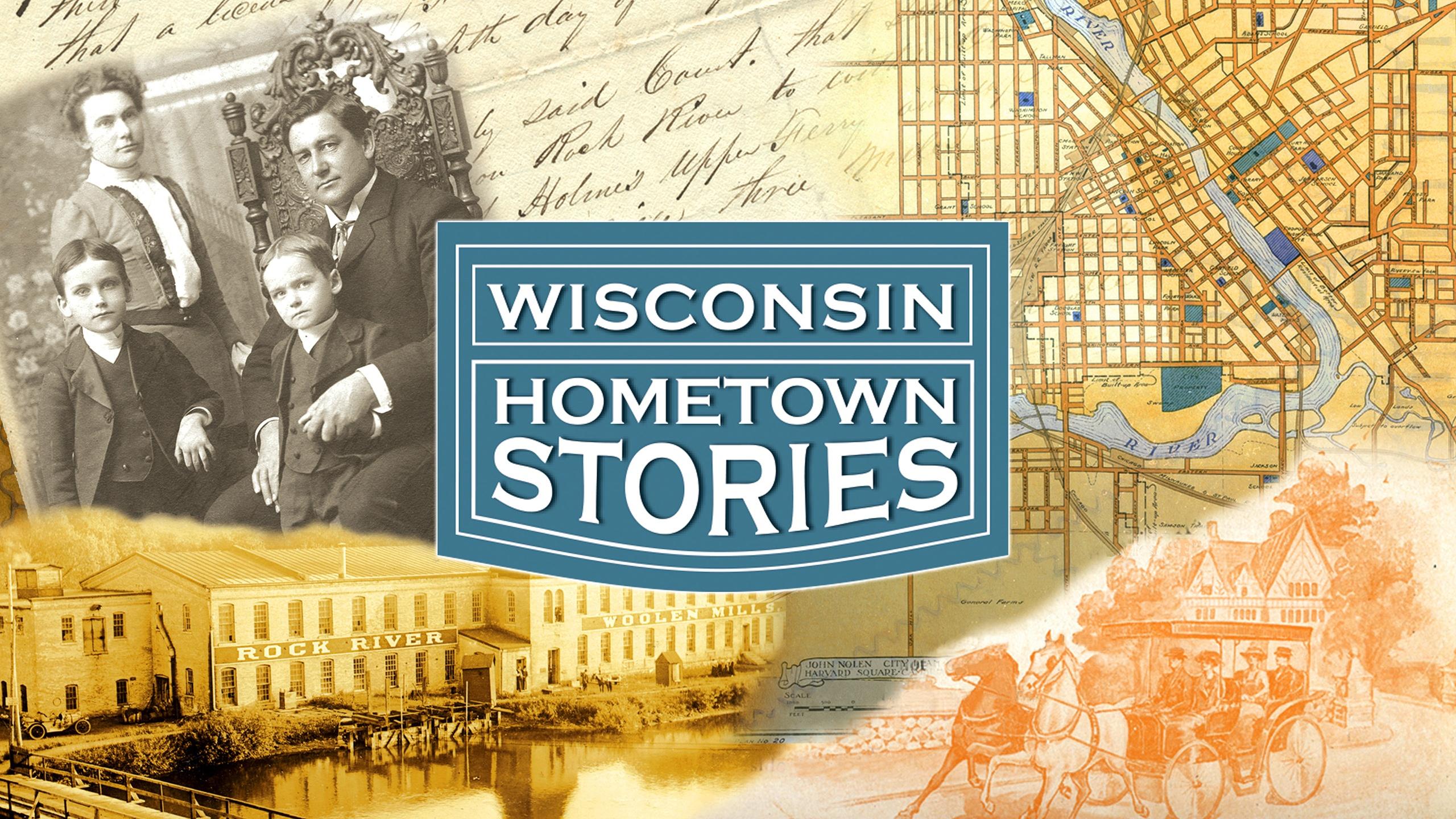


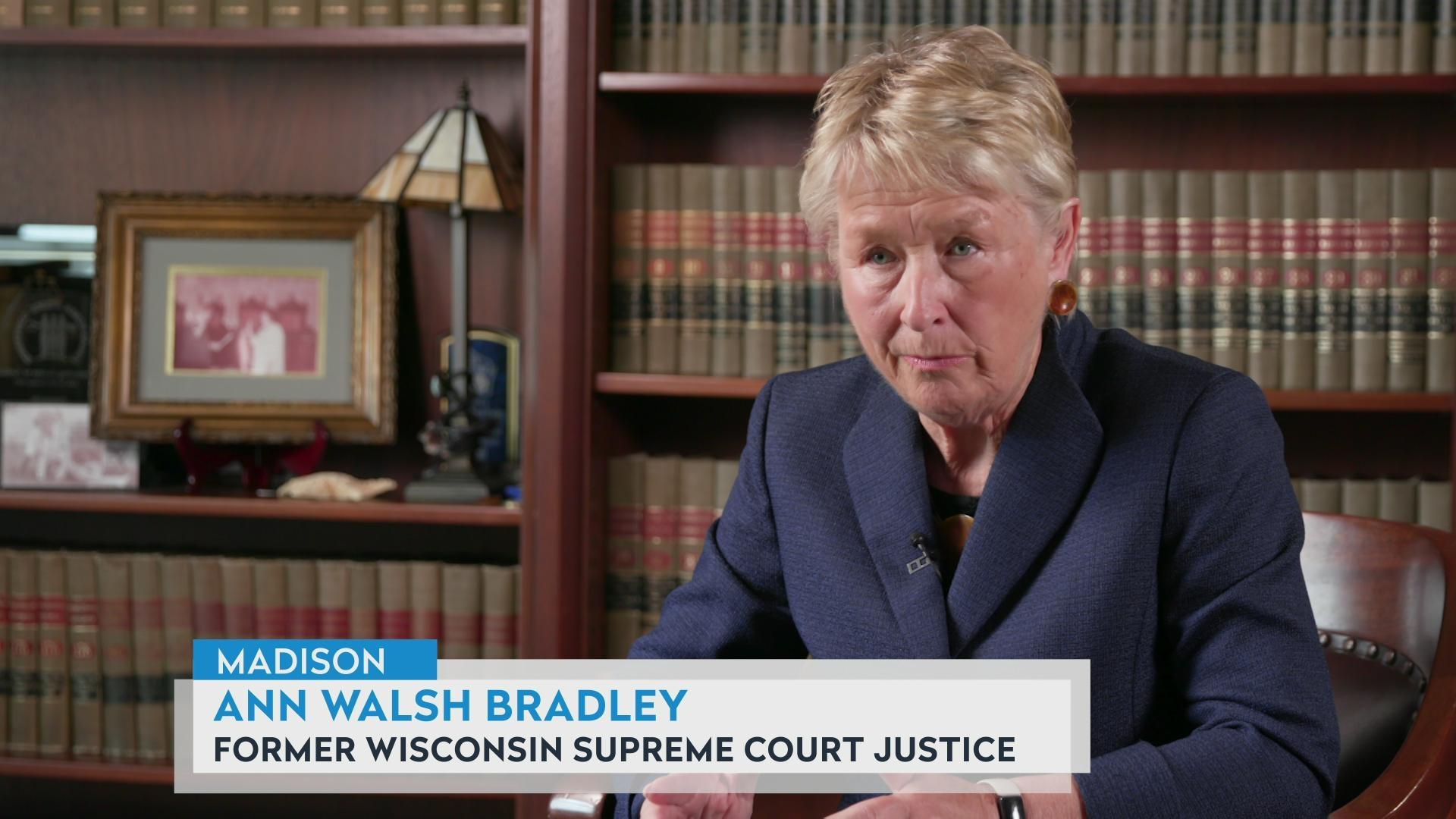
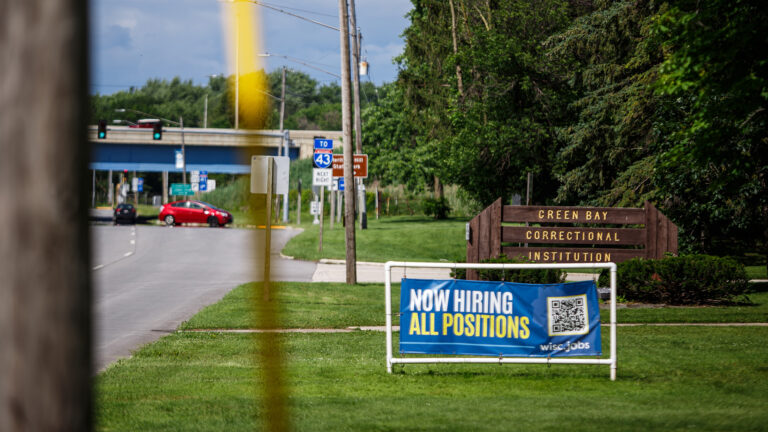
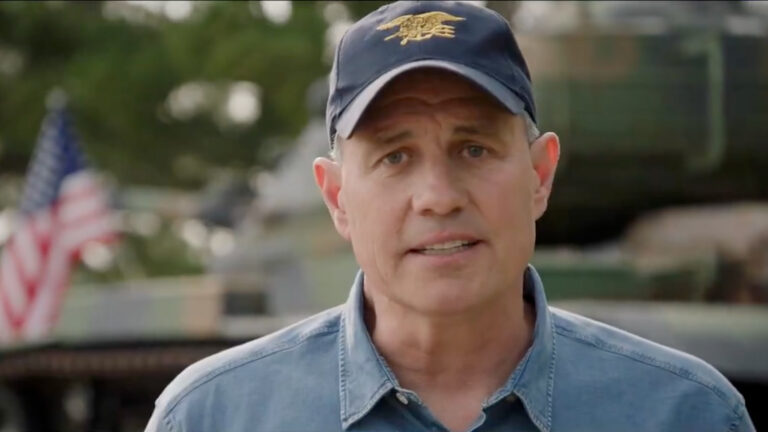
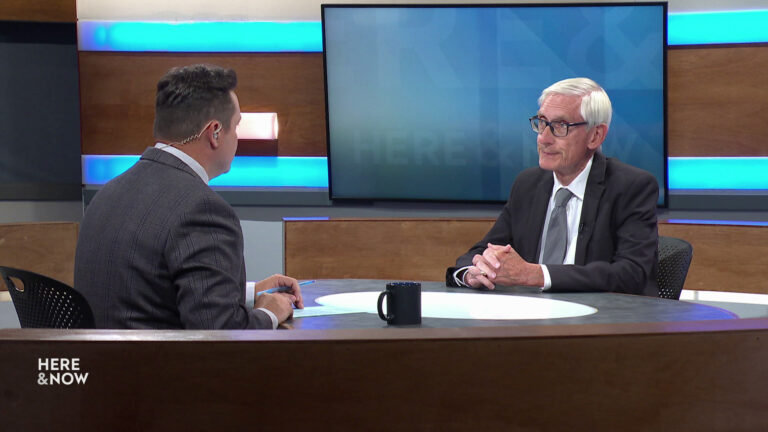
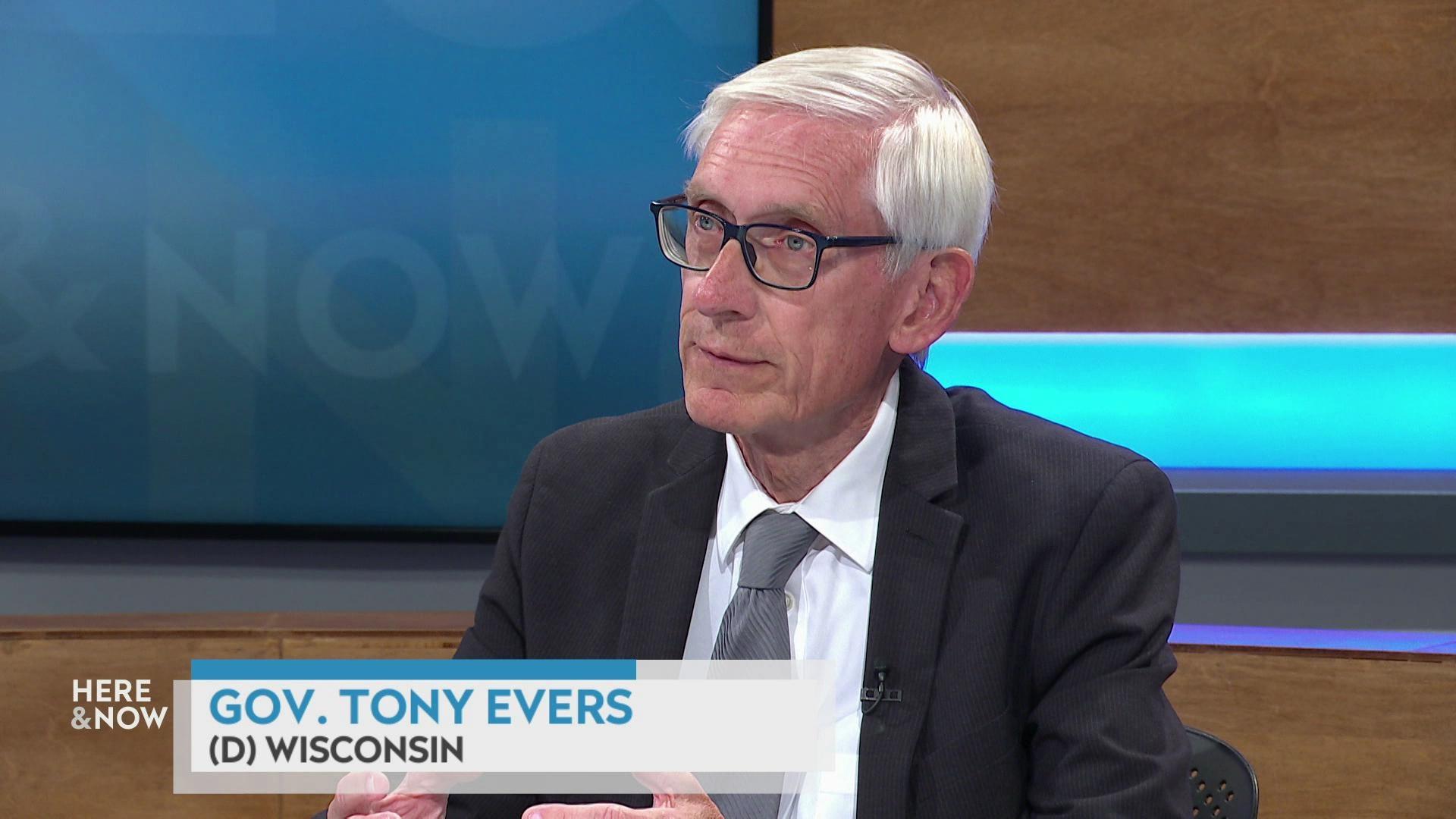
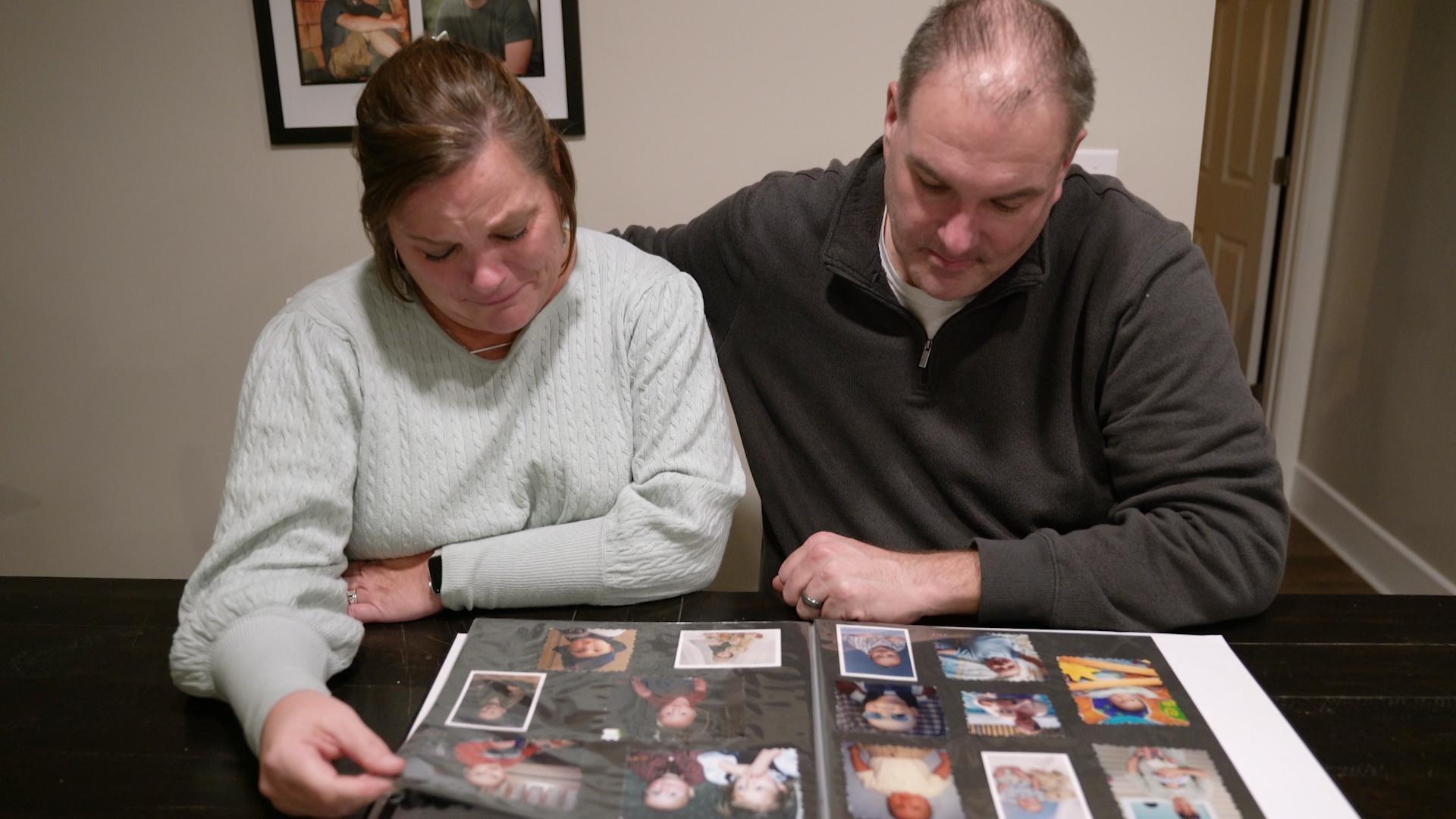
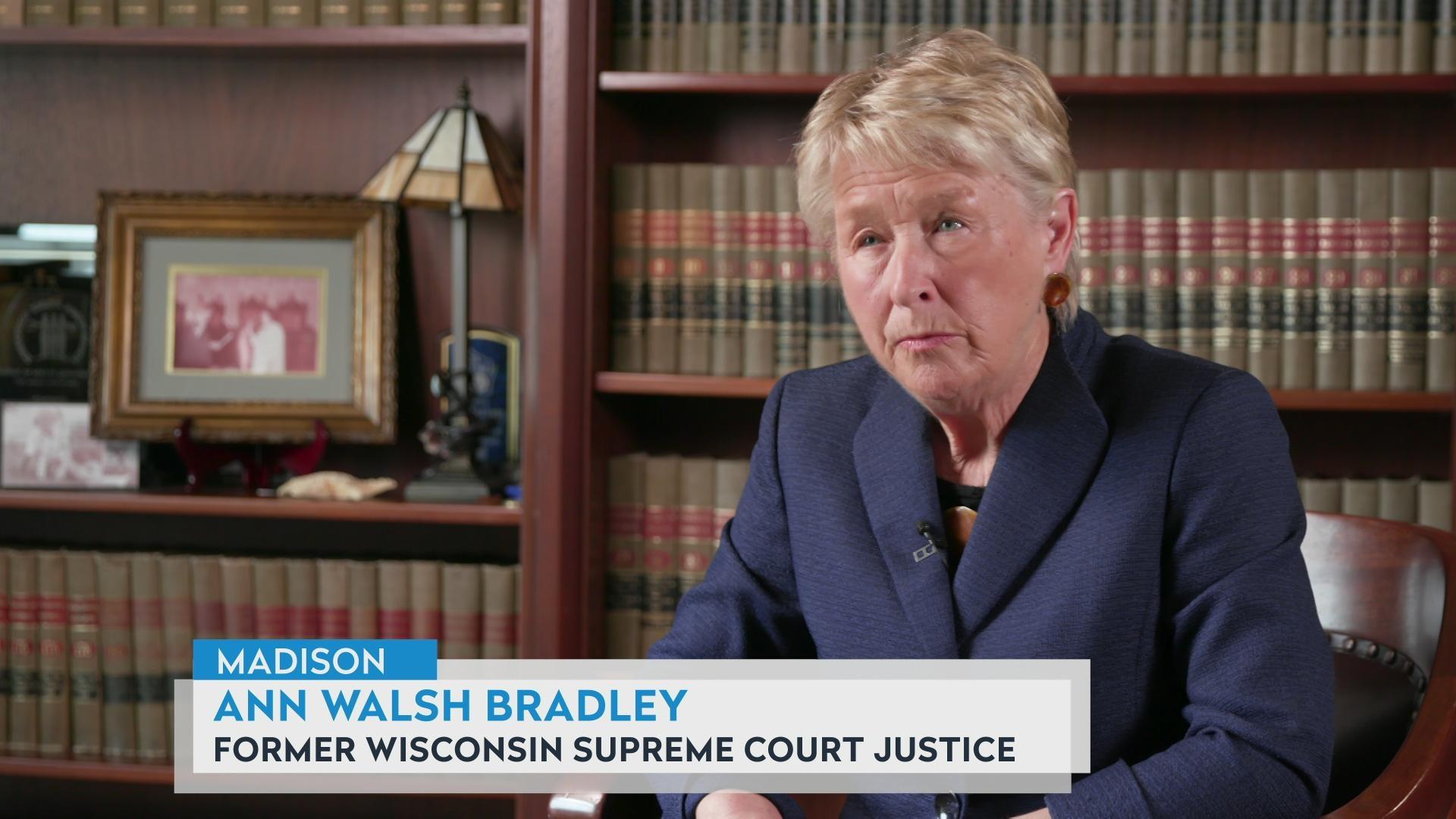
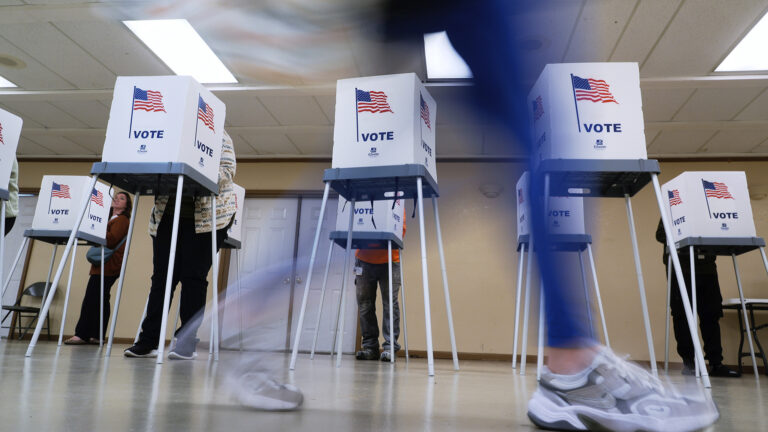

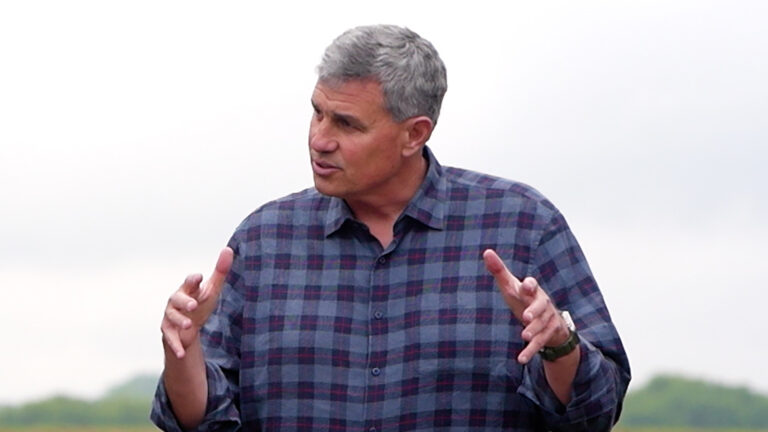
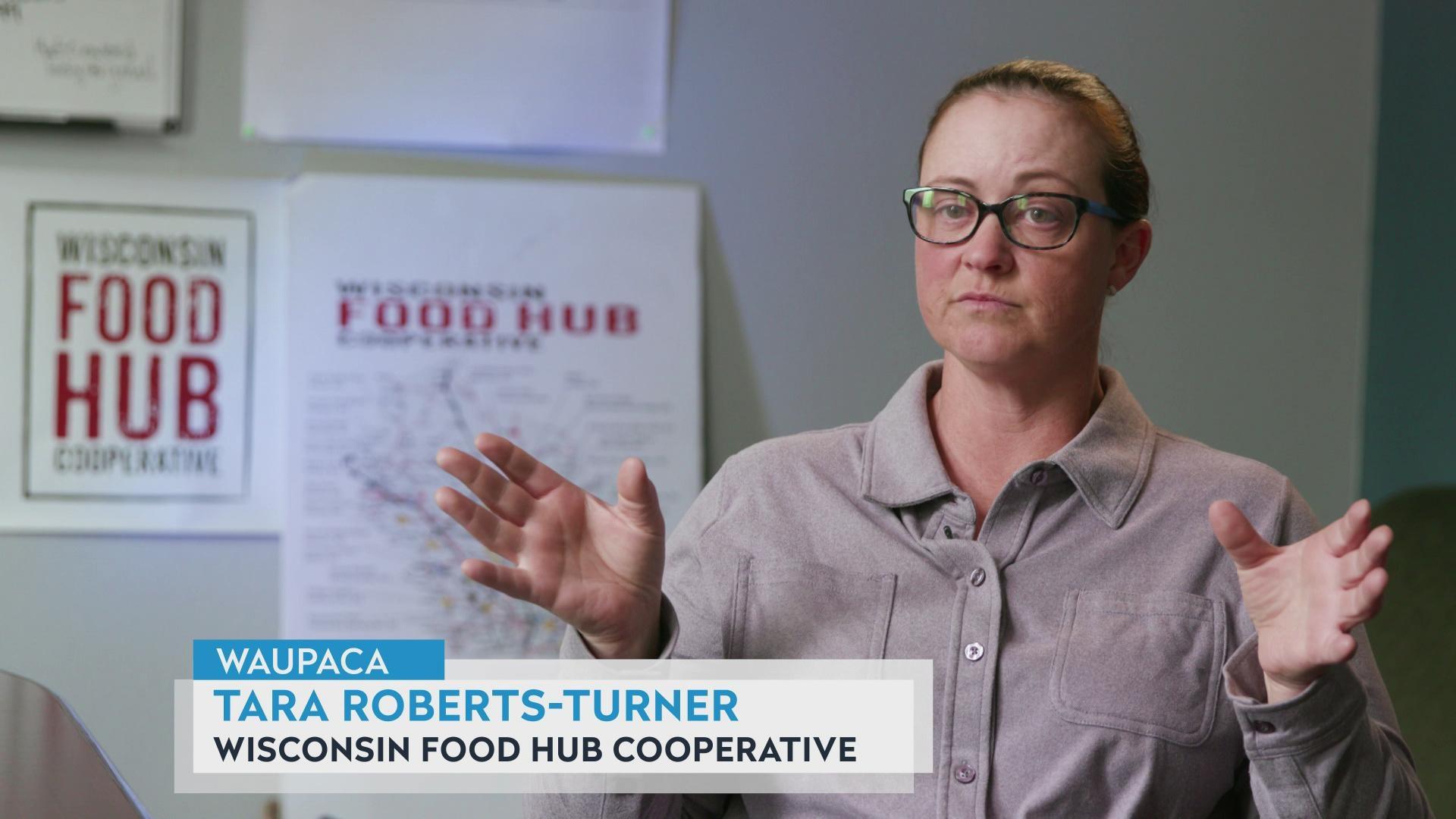
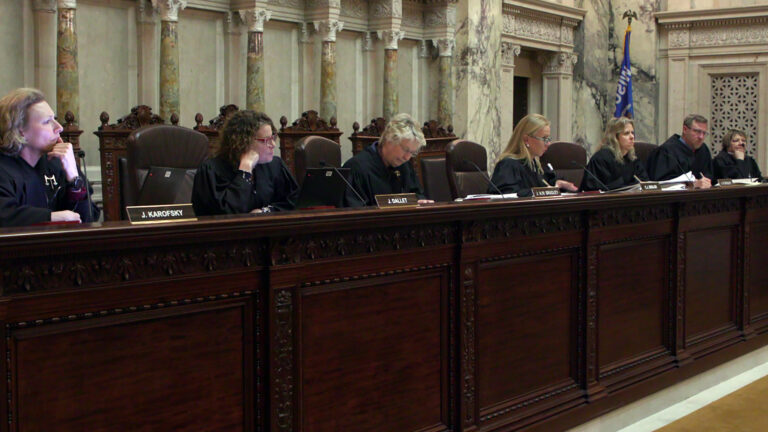

Follow Us